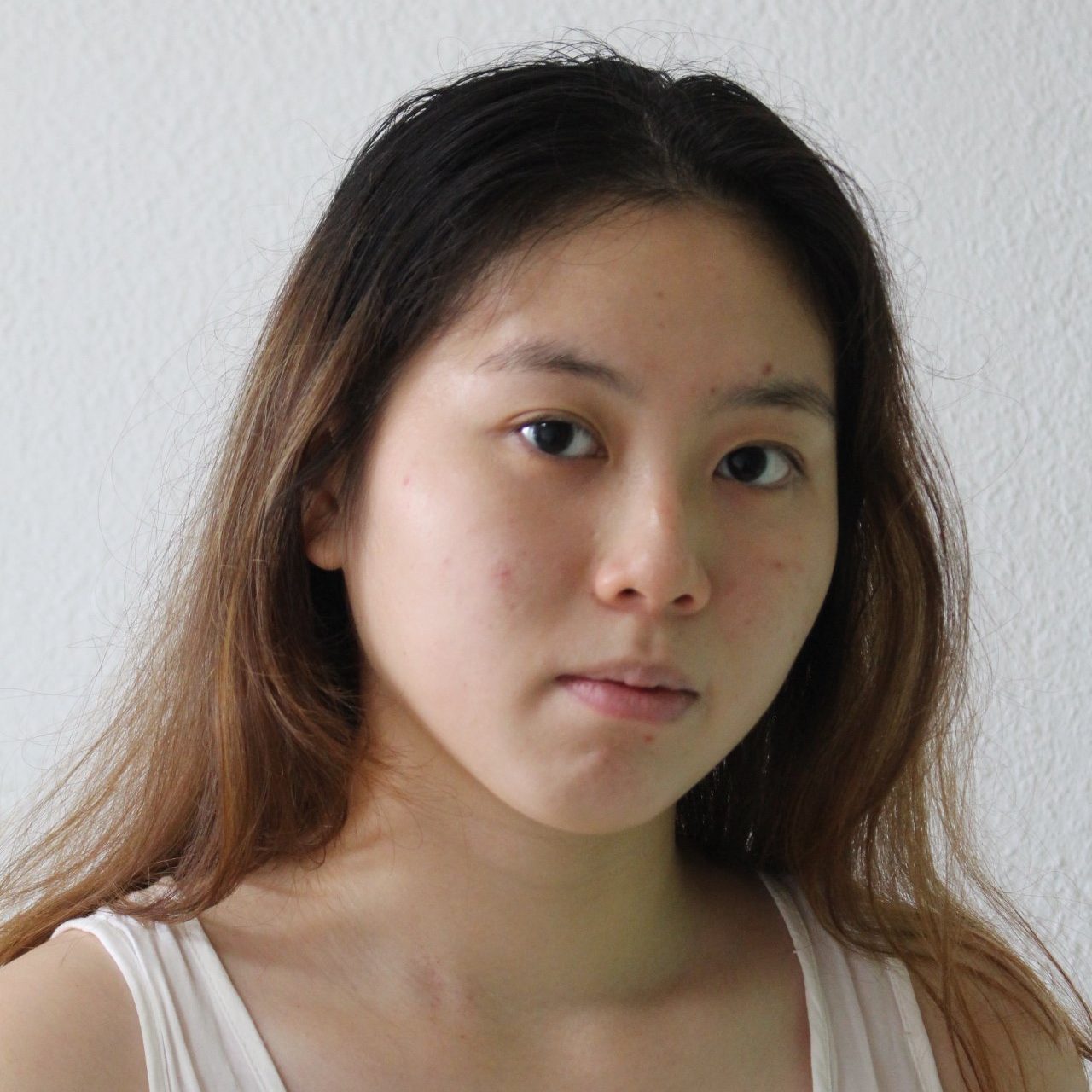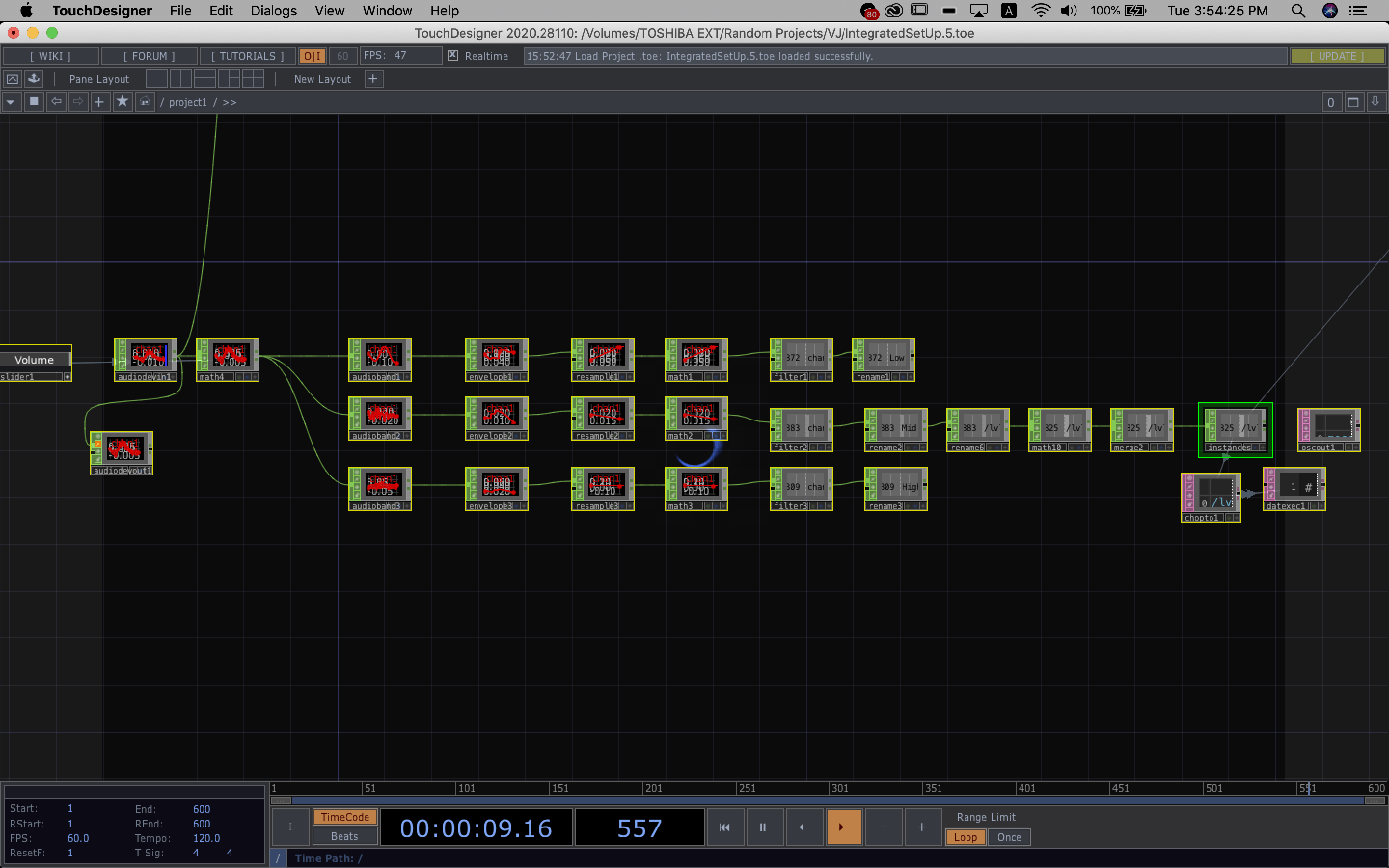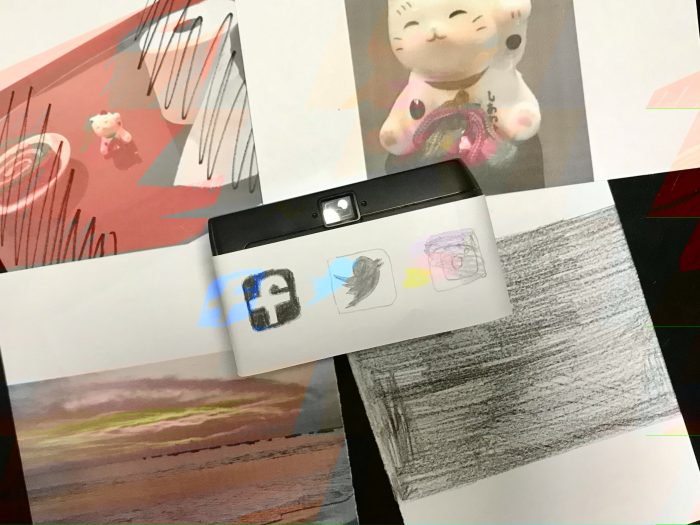Chapter 2 started off with “Project Management is an outcome-oriented process”- Daunting.
Of the 6 project management goals, I would like to elaborate more on ‘To reach the end on time” and also “To reach the end meeting everyone’s expectations”
‘To reach the end of the project”
Through out my time in ADM, I never understood what it meant to reach the end of a project. Every submission, if given more time, I could always think of pointers on how I would further improve the project. Sometimes, makes me wonder, if really I was given the time, how much time would I need? Is there really such a concept as ‘The End’? When will I ever be done with a project?
This reading opened my eyes to the idea of goals vs objectives. It describes ‘goal’ as universal targets that are common to all projects while ‘objectives’ are specific to your own projects. The idea of an “end” is not so much a dead end, but instead being able to meet a set of objectives. In the my head, how I saw this was, objectives has different degrees/ extent to them, and so if I am aiming to fulfil level 2 objectives and met them, even if I did not make it to level 3 objectives, because I have identified what I wish to achieve at the beginning and achieved it, I have ‘reached the end’. And this obviously will not be the end-of-the-road for the project, instead I would view it as an emotional closure for anyone working on a project. In my opinion, knowing just when to declare a work of art finished after working it for months can also get very blurry, so setting objective that are measurable and quantifiable as mentioned would also help artists build a healthy relationship with their art pieces.
“To reach the end meeting everyone’s expectations”
Personally, if given a chance to work as an individual, I would gladly choose to because I have pretty much spent my uni days running away from potentially disappointing my group members. So, I was quite surprise to see this as a goal. Reminds me that as much as I seem ‘alone’, I really still have to rely on others to get things moving such as eventually the person coordinating the FYP show, my mentor prof, even to the smallest role of people running the various machines. I foresee FYP teaching me to be open to feedback, what others have to say about my progress. All while I do not loose myself incorporating others into the process.
Personally would wrap up Chapter 5 with the sentence “Properly planning the greatly increases its chance of success” in however I choose to define success. As my own project manager, I have to understand my work well enough to plan it properly and be wise enough to know when to seek advice. While I am still not entirely certain of what a FYP entitles, I also wish to be someone flexible to adapt to unforeseen sceen circumstances.





































